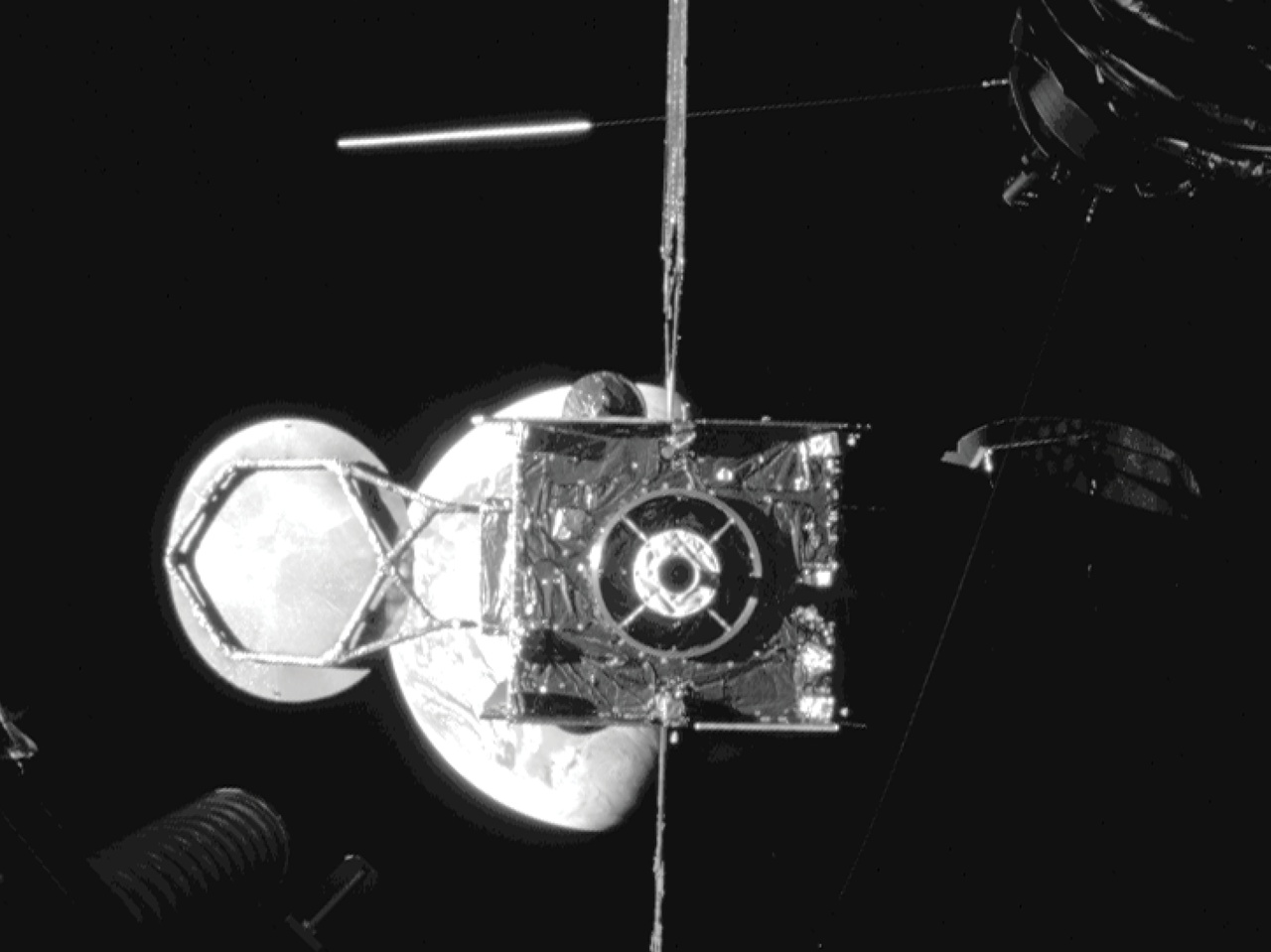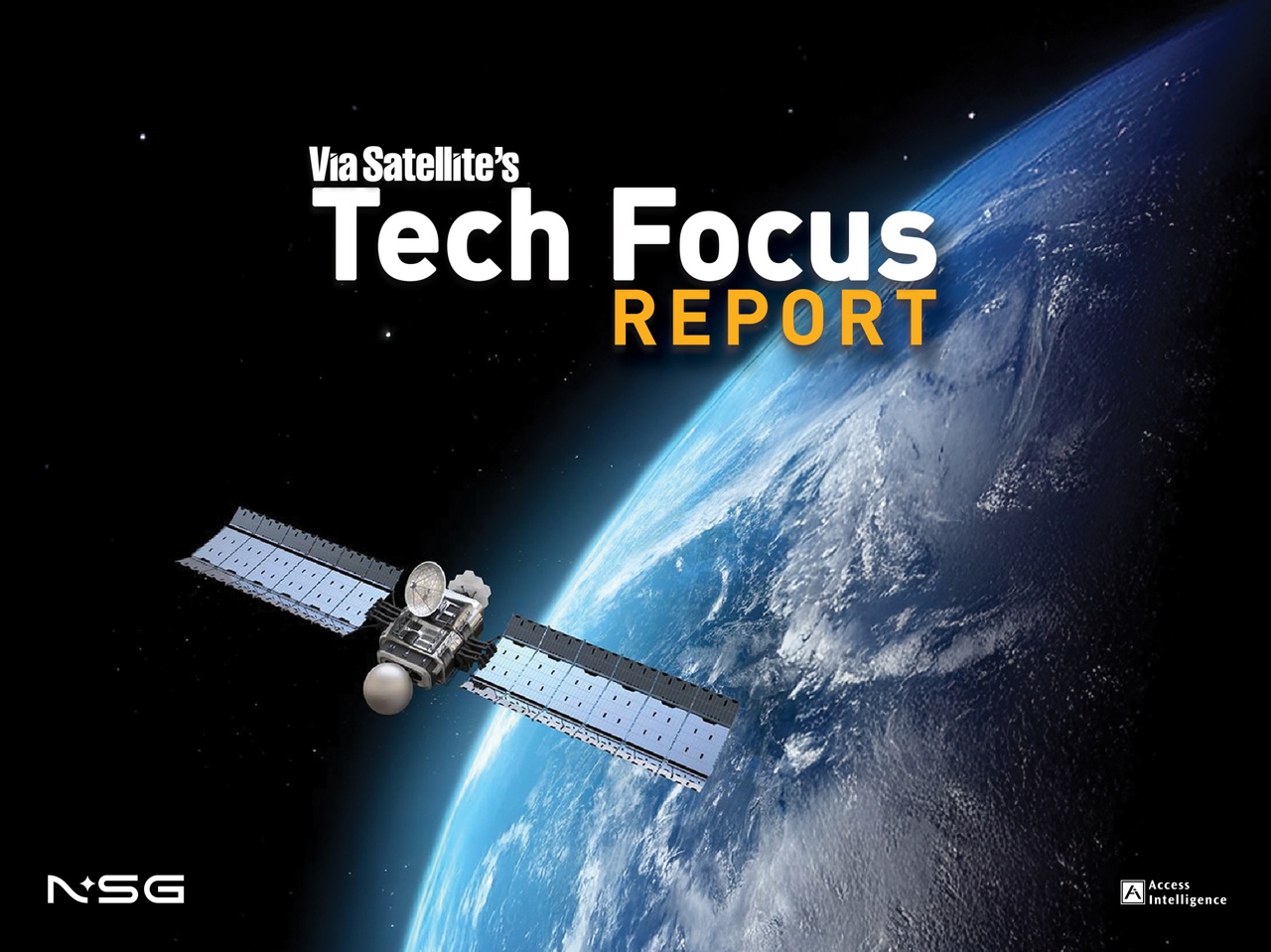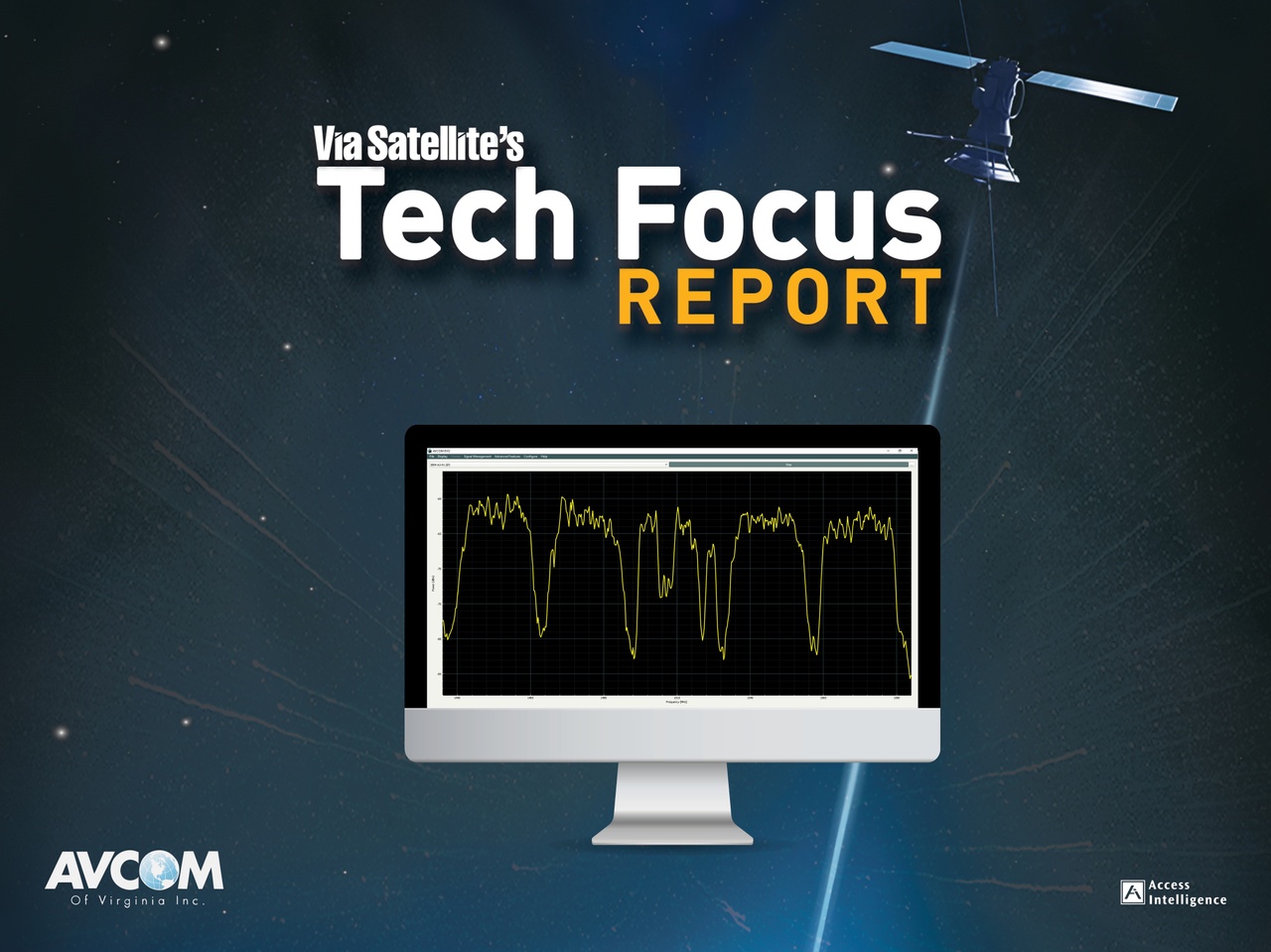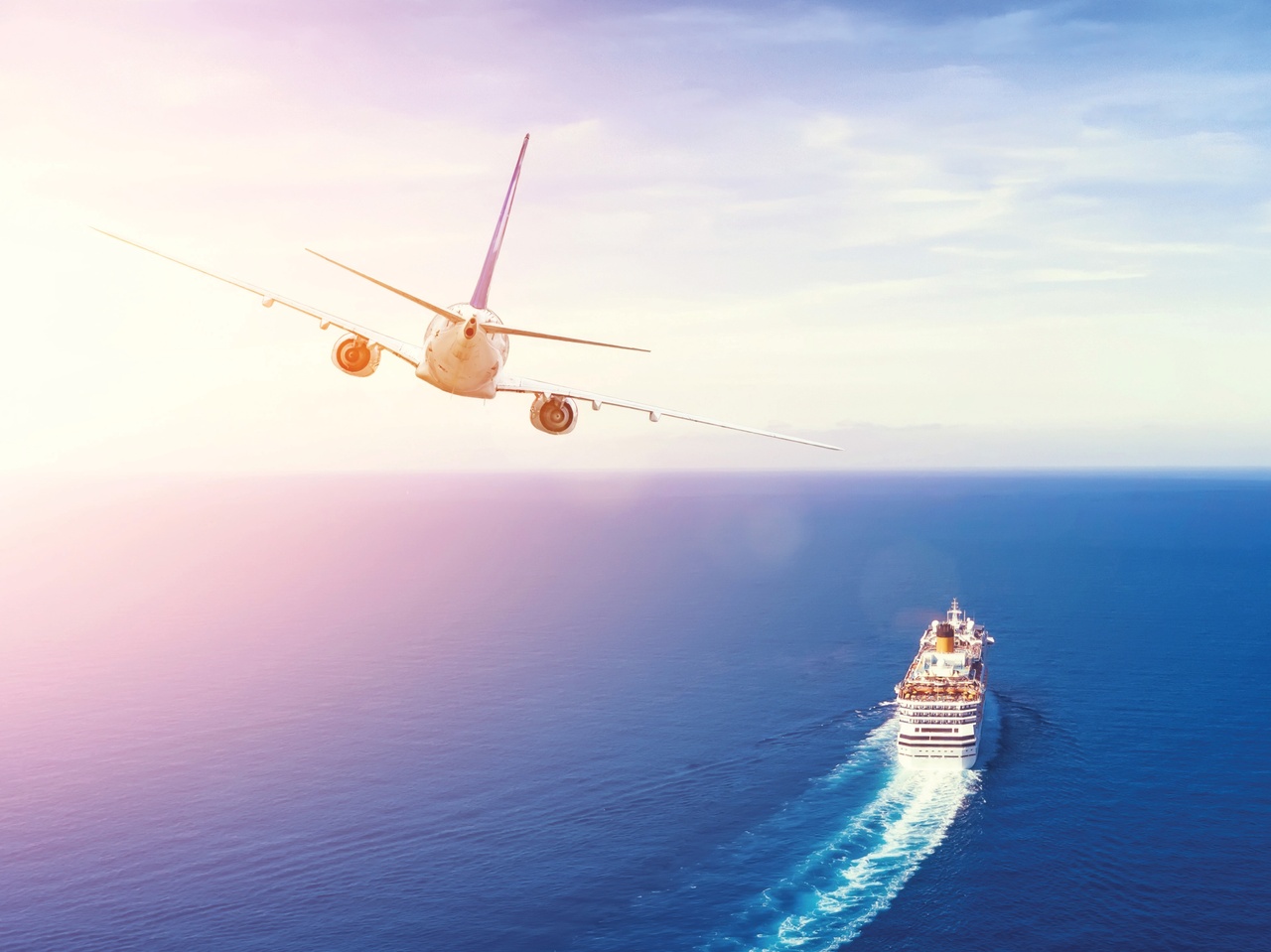
Mobility Customers Give Their Verdict on the Latest Satellite Offerings
End users LATAM Airlines, Scandinavian Airlines, Norwegian Cruise Line, and OmniAccess weigh in on how they see the market for satellite mobility services developing. August 25th, 2025While demand from the government and defense market has driven a lot of headlines in 2025, the mobility market — particularly aviation and maritime — remains a key target for many satellite operators.
Both aviation and maritime are markets where Starlink has made strong inroads in recent years. With the recent round of consolidation among the traditional players, and new Low-Earth Orbit (LEO) players Amazon Project Kuiper and Telesat Lightspeed soon to enter the picture, what do mobility end users think about the latest developments in the satellite market?
Via Satellite spoke to a series of mobility end users in aviation and maritime about how they see the market developing.
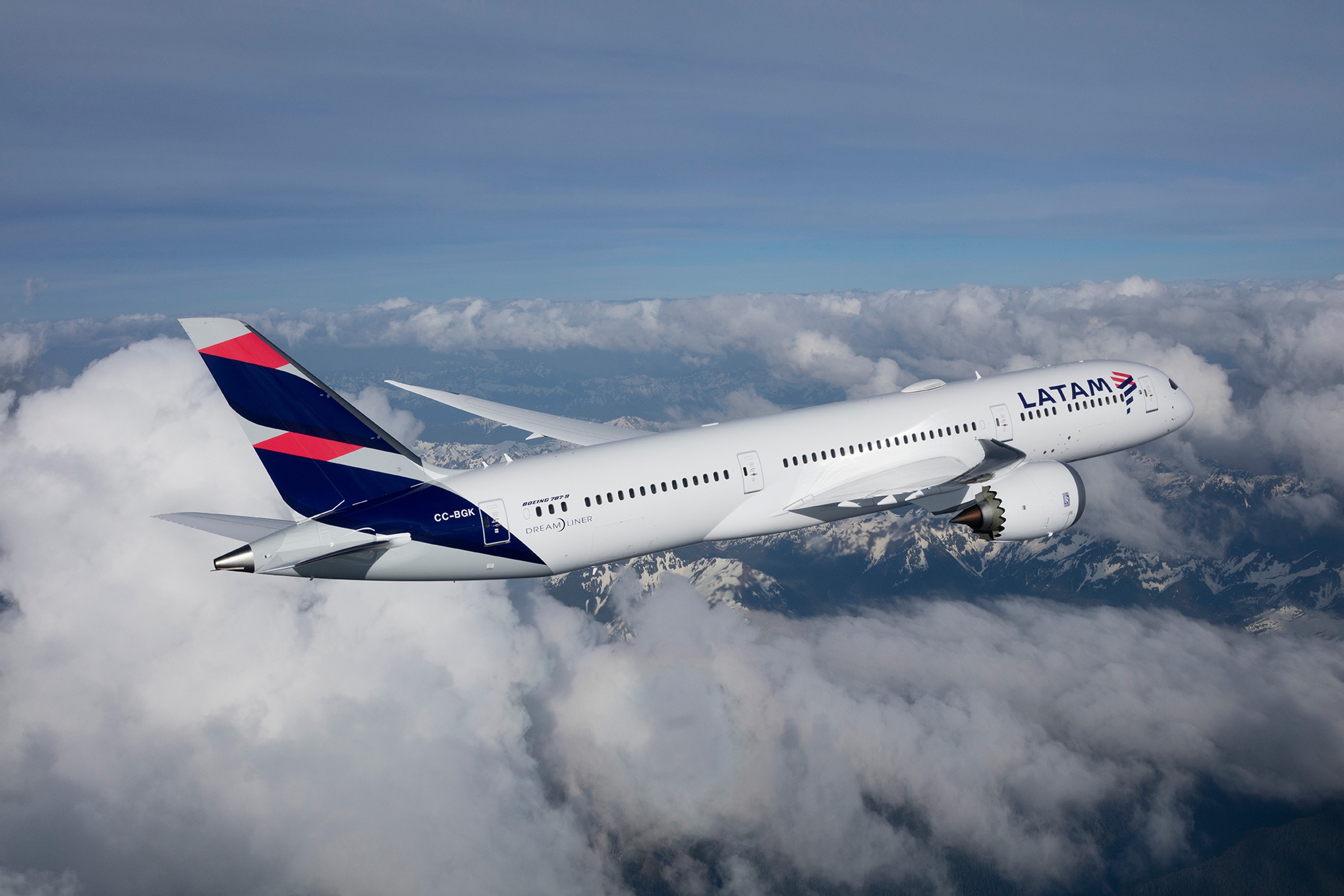
LATAM Airlines Group
In July this year, LATAM Airlines Group (LATAM) announced that it would begin offering onboard Wi-Fi on wide-body aircraft for long-haul flights such as Santiago to Sydney, Lima to Madrid, and São Paulo to London, among others. The airline is working with Viasat and the new service will involve a total investment of $60 million. Implementation will begin in 2026.
Via Satellite spoke to Paulo Miranda, vice president of Customers at LATAM Airlines Group, about the airline’s evolving Wi-Fi strategy. Miranda says that LATAM doesn’t see LEO satellites as a complete gamechanger but rather as part of the continuous evolution of satellite connectivity.
“For LATAM, multi-orbit solutions — combining the strengths of both LEO and Geostationary Orbit (GEO) systems — will deliver the best of both worlds: low latency, extended coverage, and more reliable service,” he says. “LEO technology certainly brings important benefits, such as enabling new applications and providing broader coverage, which is particularly valuable to us given the geographies we serve. We are the largest operator of flights between South America and Oceania, and South Pole coverage is almost non-existent or deficient on GEO networks. LEO would cover a key gap for our network.”
Connectivity is a strategic priority for LATAM. He says the airline is heavily investing to expand and enhance its connectivity, and that it recognizes that a robust digital experience is core to passenger experience.
Miranda says that one of LATAM’s big frustrations in working with the satellite industry is the closed architecture of most current solutions. Installing an antenna from a specific supplier often locks an airline into that vendor’s ecosystem, limiting flexibility, reducing negotiation leverage, and making it harder to ensure strong service level agreement (SLA) accountability over time.
“At LATAM, we believe the industry needs to move toward open, flexible solutions — embracing multi-orbit, multi-band, and multi-supplier architectures. This would allow airlines to adapt more easily to evolving technologies, optimize service quality, and better meet passenger expectations without being constrained by long-term technical or commercial limitations,” he adds.
SLAs are another point of frustration, with Miranda saying that SLAs need more transparency and significant improvements.
“One key change would be holding ISPs accountable for SLAs through third-party data. Additionally, monitoring should shift from simply tracking availability to focusing on quality-of-service metrics,” he says. “This would allow us to measure end-to-end usability rather than just satellite availability, giving a clearer picture of the actual passenger experience.”
Miranda says that LATAM’s satellite capacity needs have grown significantly, mainly driven by the rising demand for passenger connectivity. As passenger usage has increased, the airline has seen a surge in data consumption and traffic across its fleet. “Over the last year, we've enhanced our free offering for elite members, now providing free browsing for them,” he adds.
There’s a change in the market underway that connectivity is rapidly becoming a commodity in the airline industry, much like Wi-Fi in hotels, Miranda says.
But, overall, as the recent deal with Viasat attests, the market for IFC is now in a new phase. Miranda adds, “Twenty years ago, it was considered a nice-to-have feature; today, it’s a must-have. In the future, we will see all airlines offering free Wi-Fi as standard. Just as you wouldn’t consider staying at a hotel without free Wi-Fi, passengers will soon expect the same on flights. The focus will shift from simply offering connectivity to providing high-quality, personalized digital experiences,” he says.
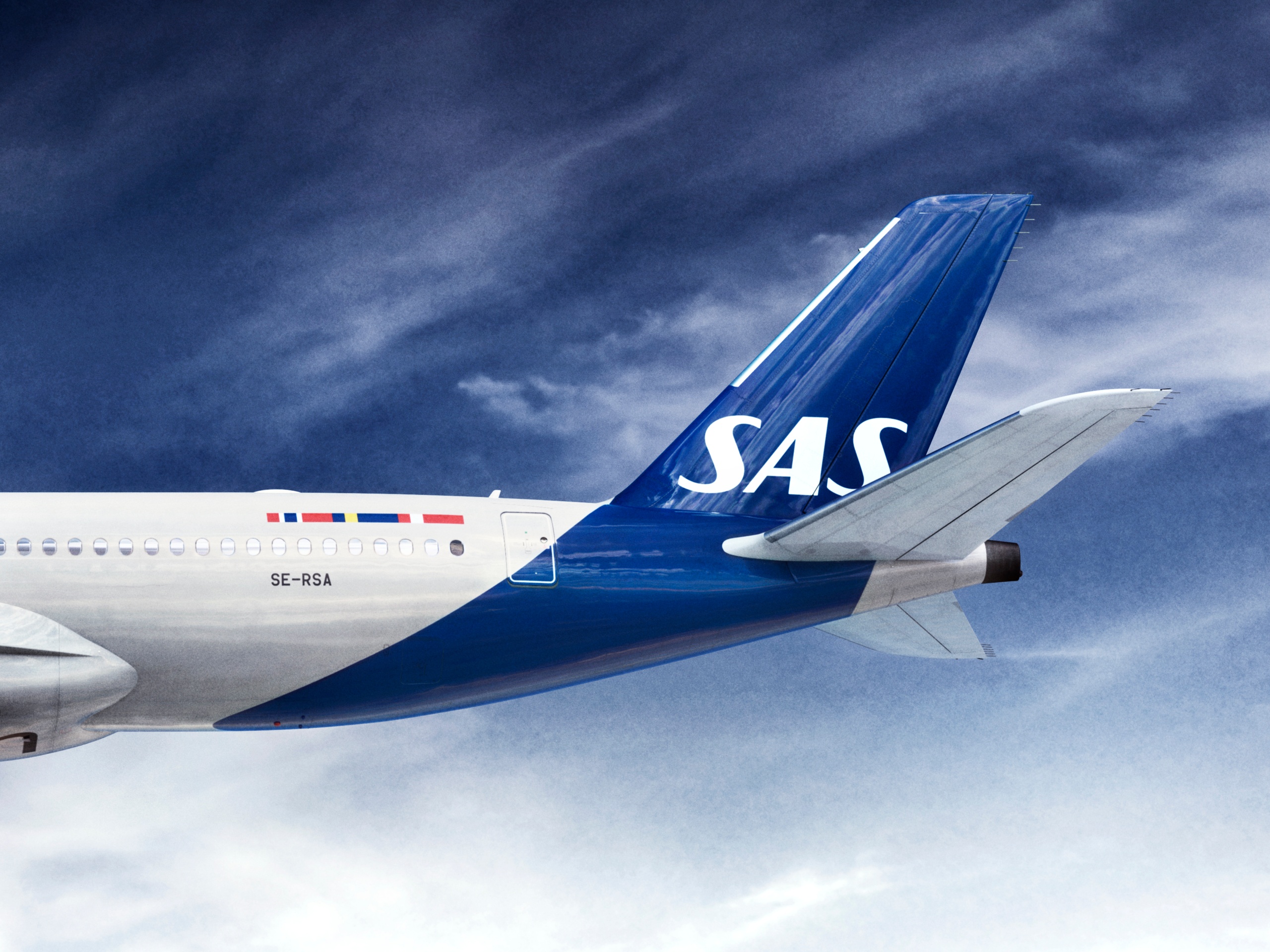
Scandinavian Airlines (SAS)
More and more airlines are going down the Starlink route for IFC. One such airline is Scandinavian Airlines (SAS), one of Europe's largest airlines. Aron Backström, vice president of Product & Loyalty, SAS explained the background of how SAS decided on Starlink. He told Via Satellite that last year SAS did an in-depth market study followed by an RFP process and as a result of that process, he thinks SAS knows the market better than most.
“Most important to me is the quality of the end user experience,” Backström says. “We’re really impressed by the speed and the customer experience you get onboard a Starlink-equipped aircraft. On top of that we like the reliability of the satellite network. We are operating at the Northern end of the world and need a satellite network that works on our latitude — flying over the North Pole and Greenland.”
He added that SAS found Starlink’s IFC antenna to be lightweight with low drag and easy to install and maintain. “That aspect weighs heavily when you build the total cost of ownership model,” he says.
Backström says SAS looked at LEO/GEO combinations as well, but found that the multi-orbit approach adds weight and complexity. “We believe that LEO networks will be the industry standard,” he adds.
Bringing IFC services to customers has been a learning curve and thanks to the airline’s unique route map, there have been challenges. Backström hints at the frustrations that the airline hopes the introduction of Starlink service will resolve.
“Our current Wi-Fi product is very appreciated when it’s working. I would say that our main issue has been poor reliability. We have too many white spots; over the North Sea, Greenland etc. where our customers cannot connect. And add to that a sometimes frustrating log-in experience. This we will build very differently as we introduce Starlink.”
SAS has now become a flagship customer for Starlink in Europe. Backström says SAS looked at Delta’s free model and also studied Hawaiian Airlines as an early Starlink adopter. “We looked at every airline worldwide during this process. We like the simple, powerful offerings that are not too complicated for the customers,” he says. “Overall, I think the U.S. is ahead of Europe, not just by one step, but several.”
Just like LATAM, Backström also finds that connectivity is becoming more important to SAS customers. One metric he uses to take the temperature of customer concerns is how many take the time to find his email address and reach out. About a third of the emails he receives are about Wi-Fi connectivity.
“It influences airline choice as well,” he says. “Wi-Fi helps our business travelers stay effective onboard our flights. As a father of three I know what a different experience a connected flight is vs. an offline one. As an early mover, SAS will have a massive competitive advantage here for a few years until the competition catches up.”
It seems more and more airlines are seeing the benefits of the free model. Backström believes there is an underlying logic of the free approach that justifies the huge investment in hardware, data, and maintenance. “You want a large share of your passengers to be using the service to maximize the NPS [Net Promoter Score] uplift from your investment. Higher NPS means more customers choosing SAS in the end, and higher willingness to pay for our tickets. For us, moving to free high speed connectivity for all of our EuroBonus members makes a lot of sense.”
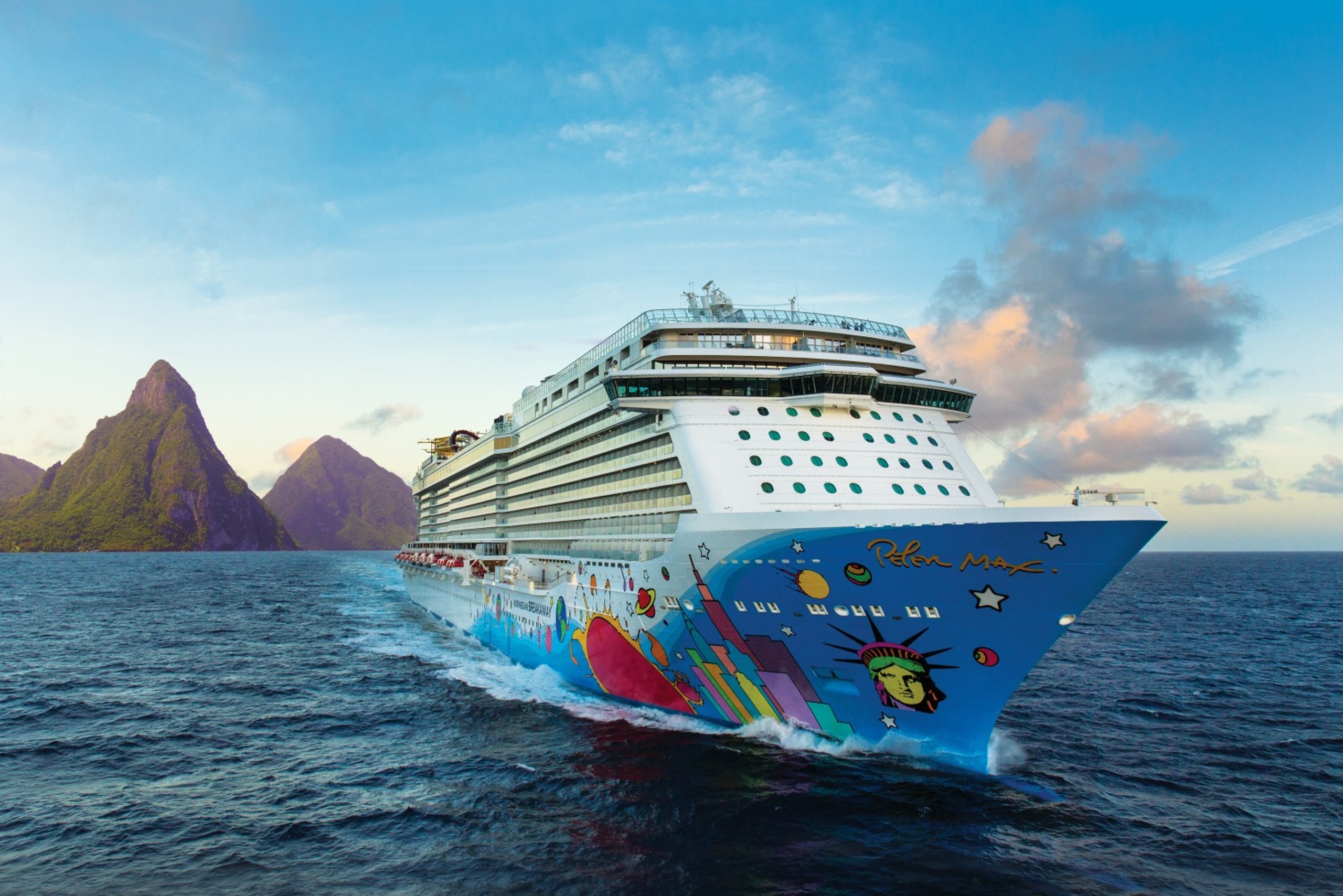
Norwegian Cruise Line (NCL)
With cruise ships operating like mini cities at sea, the cruise industry relies on satellite connectivity to stay connected. One of the biggest players in this area is Norwegian Cruise Line (NCL). At the moment, NCL’s current setup operates on a multi-provider, multi-orbit architecture, incorporating both GEO and LEO providers across all of its vessels.
Maikel Miranda, senior director of Connectivity and Voice Services for NCL says LEO technology has been “transformative.”
“Its impact will only grow as more players enter the market, leading to greater adoption, integration, and more competitive pricing,” he says. “NCL employs a multi-orbit, multi-provider strategy that not only enhances bandwidth capacity but also ensures greater resiliency.”
He says the company has expanded its connectivity plans, emphasizing the importance of maintaining reliable connections for customers. Miranda highlights NCL’s decision to implement Starlink across its fleet as a demonstration of its commitment in this area.
In terms of the future, Miranda says he thinks licensing and issues around local regulations and LEO are some of the biggest hurdles around LEO offerings. However, he is eager to see the market develop and to incorporate new providers.
He adds, “I’m eagerly anticipating the arrival of a second or even third global LEO provider. The opportunity to effectively and seamlessly integrate multiple providers is a challenge I’m genuinely excited to tackle.”
OmniAccess
The yachting market is a fascinating one. High net-worth individuals demand the best connectivity, and are willing to pay to make sure they have it. OmniAccess has long been a key connectivity provider in this market. Guillermo Muniz, COO of OmniAccess, who used to work at Royal Caribbean (RCCL) on their connectivity plans, spoke with Via Satellite about this dynamic market.
He said that the arrival of SpaceX two years ago brought “real disruption to the market. “OmniAccess built a strong partnership with Starlink in the early stages and integrated Starlink into its services with the goal of bringing value to its clients, not just selling hardware.
“We accelerated our diversification into managed services, with a particular focus on cybersecurity and advanced networking, which has opened new opportunities and strengthened our position,” Muniz says. “Today, that strategy is paying off. We are growing, our relationships with SpaceX and other partners are stronger than ever, and we are helping our clients navigate this new multi-orbit connectivity landscape. Our VSAT business remains important, particularly as clients still require robust backup and hybrid solutions that the current LEO constellations alone cannot fully provide.”
He says that OmniAccess plans to remain technology-agnostic and customer-focused. It will look to continue expanding its expertise in superyacht and luxury cruise connectivity and build relationships with the next wave of constellations and technology providers. Its goal is to be the partner that clients rely on not only for connectivity, but also for networking, server and cloud solutions, and cybersecurity.
As the market evolves, Muniz believes the OmniAccess Unity platform will play an even bigger role in dynamically orchestrating traffic across multiple providers in real time, based on cost, performance, and redundancy.
“For premium markets like superyachts and luxury cruise, that level of intelligent, seamless connectivity is going to be essential. That is where OmniAccess will continue to add value — not just selling bandwidth, but being the trusted partner that manages the complexity of advanced technology services onboard,” he says.
Given its relationship with Starlink, it is unsurprising to hear that Muniz believes that LEO constellations are “absolutely going to be the primary connectivity layer for maritime vessels in the future.” He expects to see multiple LEO operators, not just Starlink, but also OneWeb, Telesat, Amazon’s Kuiper, all contributing to a more dynamic and competitive market.
“Our vision is a future where we manage truly multi-orbit, multi-provider networks on behalf of our clients. Small antennas will make it easier to install equipment that can access multiple constellations, and intelligent traffic management will allow us to dynamically route traffic based on cost, performance, and redundancy needs. This is where our expertise really comes into play: making sure that these complex hybrid environments actually deliver seamless, reliable service for users onboard.”
Muniz thinks as LEO matures and more constellations become fully operational, the traditional committed information rate CIR-based VSAT model will likely give way to a fully consumption-based model. He says, “Clients will pay for what they use, with flexibility to scale bandwidth up or down. It will be interesting to see if this change also flows through to the cruise industry’s passenger pricing models, moving away from flat daily rates to consumption-based or tiered plans, which could better align costs with actual usage patterns. Overall, we do see LEO as a gamechanger, but in a way that requires strong management and integration.”
When looking at satellite-based connectivity, Muniz believes there are two camps now – SpaceX and “everyone else.” He believes that many of the traditional players and new LEO entrants are still trying to catch up, and that is where the bigger challenges lie.
“We see delays in deployments, technical issues when services do go live, and gaps in processes and support structures. When you compare what is being offered today in terms of price and performance, the market is still largely chasing what SpaceX has already brought to the table,” Muniz says. “Many are looking to Kuiper to become a strong contender, and we will see how that develops. The reality is that competition is good, especially for the end customer.”
In terms of what the satellite community could do better, Muniz says they need a better understanding of where the market is today and match that baseline in terms of performance, flexibility, and pricing. From there, he says they should also focus on making life easier for partners like OmniAccess which are integrating these technologies into complex solutions for demanding clients. “Better APIs, better support structures, clearer roadmaps, these things really matter when you are delivering an end-to-end service,” he adds.
Muniz says one big trend OmniAccess is watching is the commoditization of connectivity. As antenna sizes come down, hardware becomes more affordable, and support improves, he believes it will become much easier to offer clients multiple connectivity options. “Once we have two or three strong LEO providers in the market, connectivity will start to become more of a performance and price-driven service. At that point, it will be less about which constellation you are on, and more about how well you manage and optimize the traffic across multiple paths,” he says. VS





